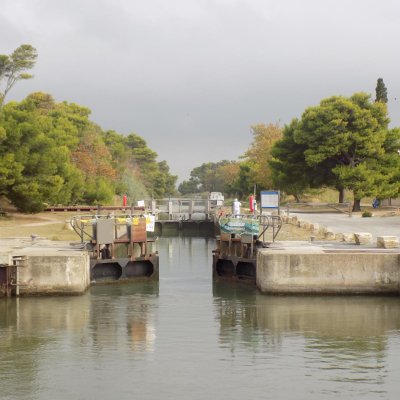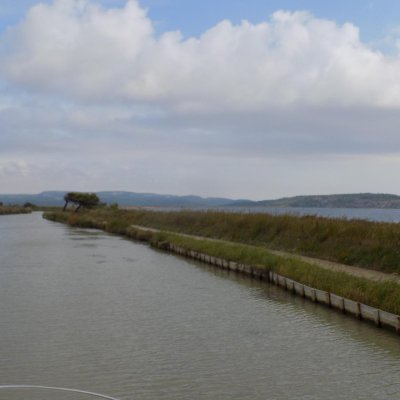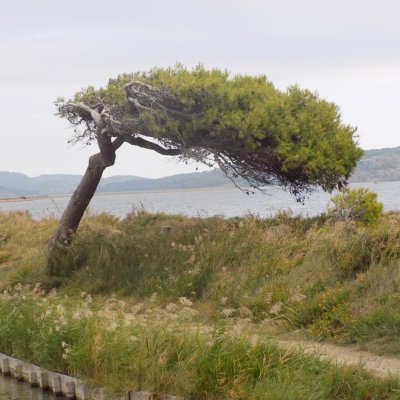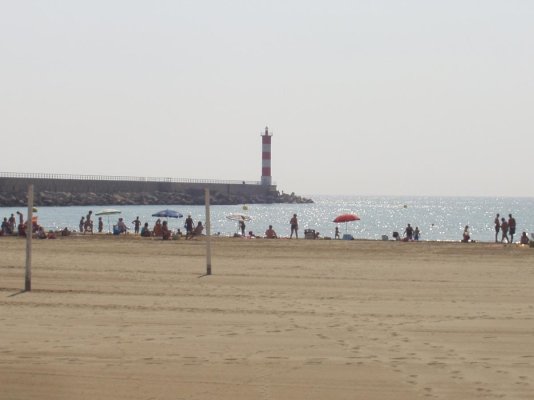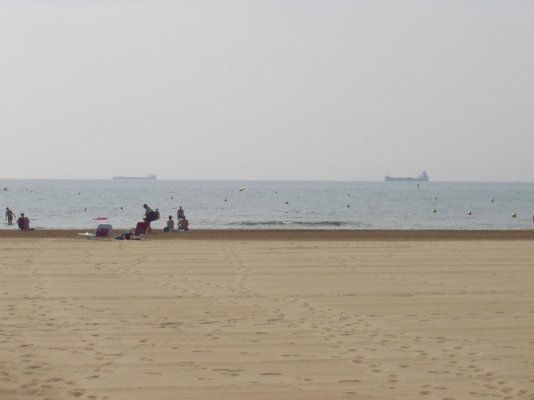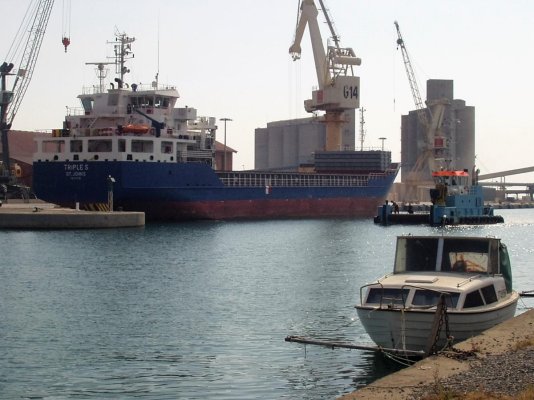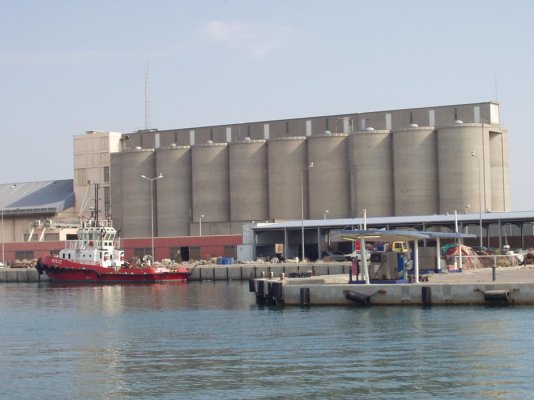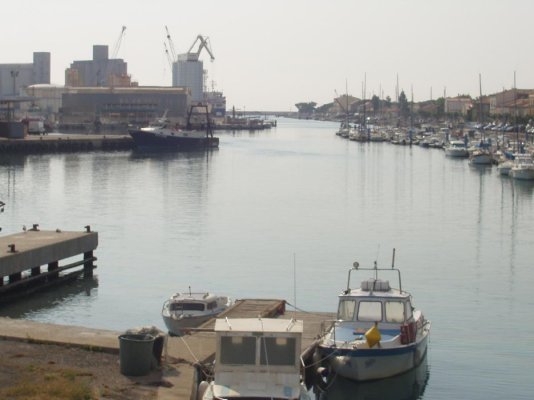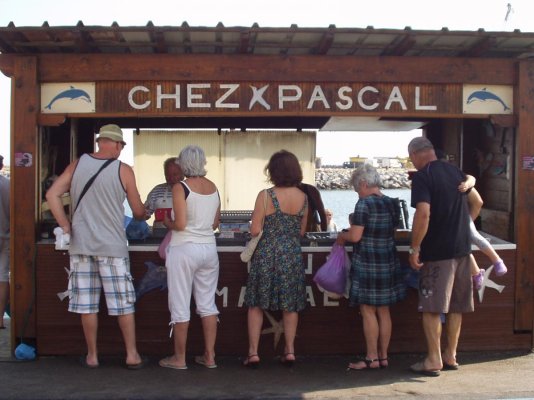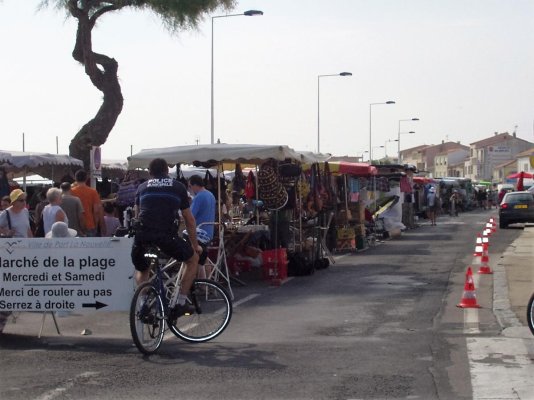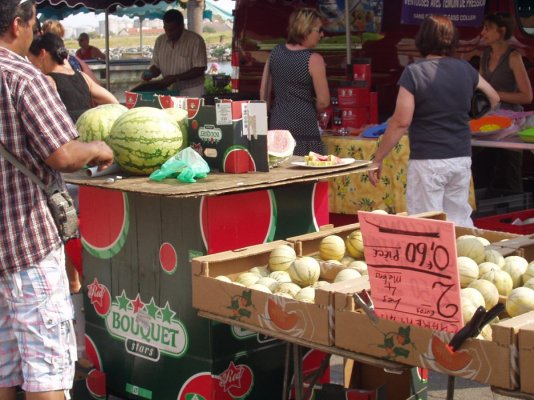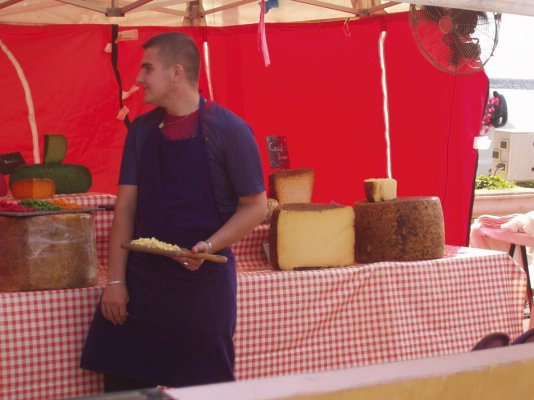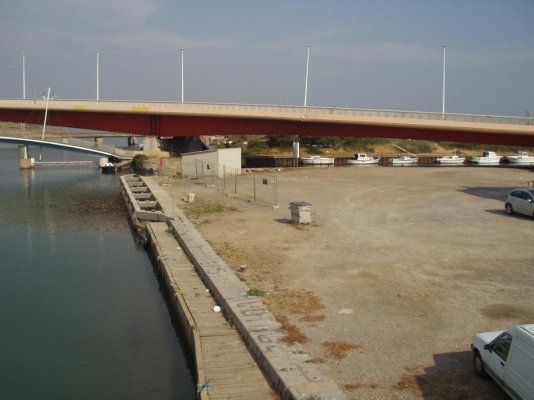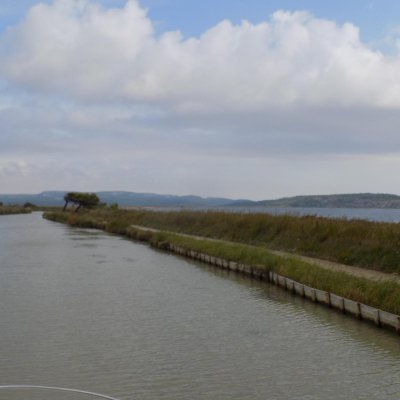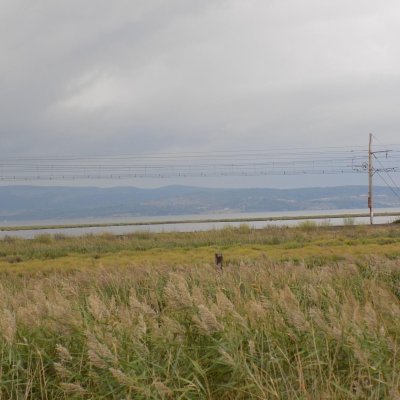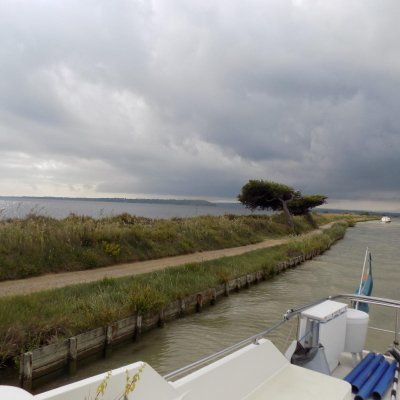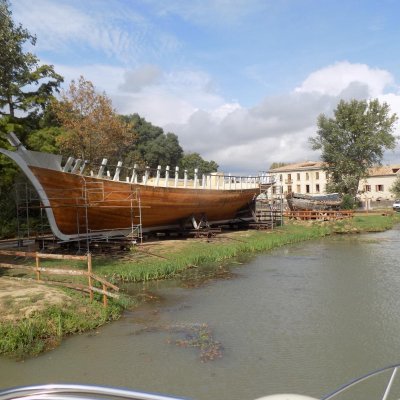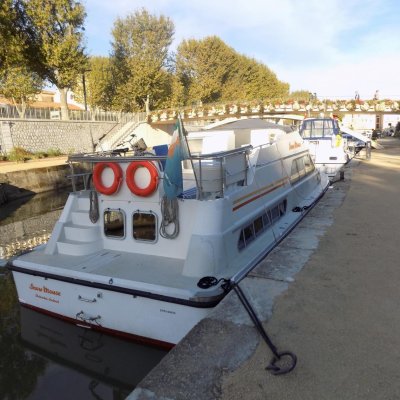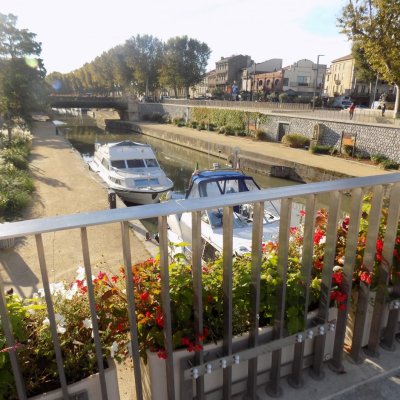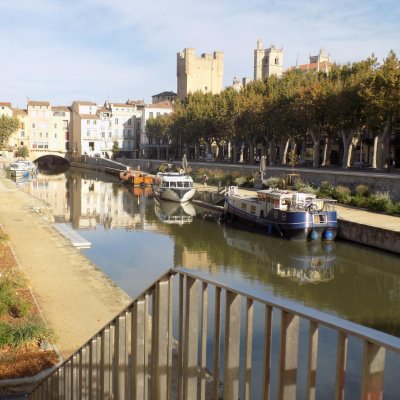Xsbank.
The 2 main hire boat company's that operate around here are Le Boat who have maintenance 'issues', I'm sorry but I can't recommend them and Locaboat who hire Penichette's, pennishet, meaning little Peniche. Peniche Penneesh is the name for a barge. As you will know from the posts we've had patchy internet on our travels all summer and am even now 'catching up' with both Amazon and Kobo to ensure all the titles, and the forthcoming 'Windmills and Wine' are available initially as eBooks. I'd like to publish in paperback but costs are too great without sponsorship.
Back to the blog.
When the canal du Midi was built it in the 1800's it was a massive undertaking and like all engineering projects there were snags to be overcome. Don't forget there were NO computers, bulldozers or giant excavators when it was built and I admire immensely Pierre Paul Riquets achievements.
When originally built the canal had to cross several rivers, one of these was the river Herault, seasonal water levels caused problems and barges were often blocked by low water.
How to overcome this problem ?
The answer was to make a step up, by putting a dam/barrage across the river to maintain a constant water level, to allow barges to cross the river, then step down again and continue on their journey.
As we leave the pretty port of Marseillan and enter the 1st lock on the canal du Midi, this our step up, we then cruise approx a kilometre and across the river to the next lock.
This lock at the old Grecian town of Agde is unique in being a round 3 way lock and is called the ecluse rond. (The locks are ecluse and the lock keepers eclusiers).
Here the lock serves as a 'step down' for those who wish to continue along the canal du Midi.
There is also a third set of lock gates which allows boats to be lowered even further onto a short canal spur and join the river Herault below the dam/barrage if they wish to continue on out to sea (hire boats are not allowed through these lock gates).
For our journey we pass through the ecluse rond and go to the lowest level and exit to join the lower (below the dam/barrage) river Herault again before proceeding downriver in a seawards direction.
Photo.
1, The ecluse rond, the lock gate on the left is the 'step down', the old Grecian town of Agde in the distance.
2,The ecluse rond was enlarged from the original circular lock when the Barges were standardised.
3, Look closely, you can see the 'step down' (to enter the canal du Midi) lock gates directly in front of you.
The 'step up' to go across the river Herault lock gates straight on.
Just in photo to the right are the lock gates which to allow you to go to an even lower level and join the river Herault below the dam/barrage and then out to the Mediterranean.
4, Look closely, the left bank of the canal was tree lined with plane trees which have now been cut down due to the disease, you can see 2 bare diseased trees still standing, they will also been cut down and burnt.
5,The canal du Midi lined with plane trees, Nomad Willy asked how do you anchor the banks from passing boat wash, the answer ? tree roots ! they also prevent evaporation and give shade for originally the bargees and their horses, now for pink tourists.
6,This is a very special little ship and is owned by a Belgian gentleman called Josef van Langendonk and very proud to own it he is too.
When the British forces were staring death in the eyes on the beaches of Dunkirk, Churchill mobilised virtually everything that could float to rescue the British army from the beaches. This is just one of the armada of heroic 'Dunkirk Little Ships', manned by civilian volunteers who plucked an army, while under constant enemy fire and bombardment off Dunkirk's beaches to fight again. Look at the early posts for more detail. Working 24 hrs a day this boat rescued over 250 soldiers in batches of 10/12 during 'Operation Dynamo'.
7,8, Self explanatory.

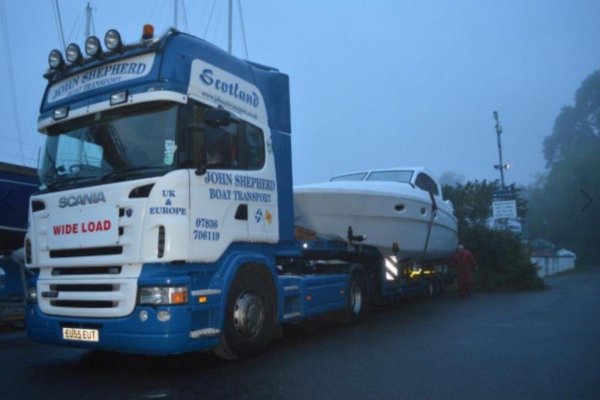
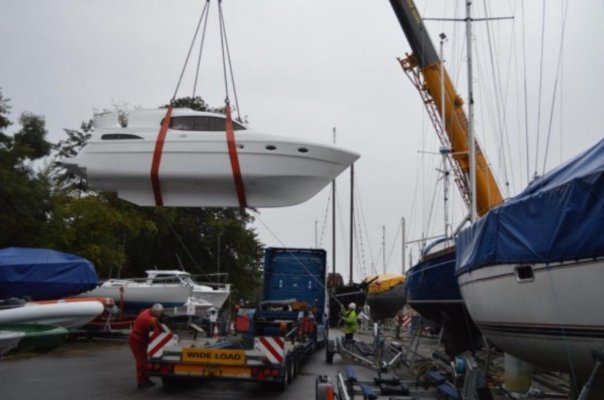
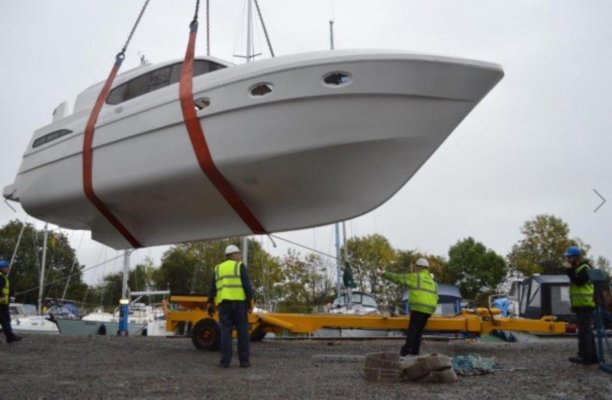
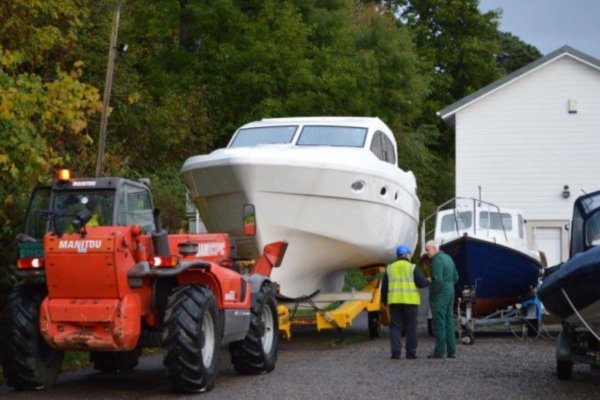
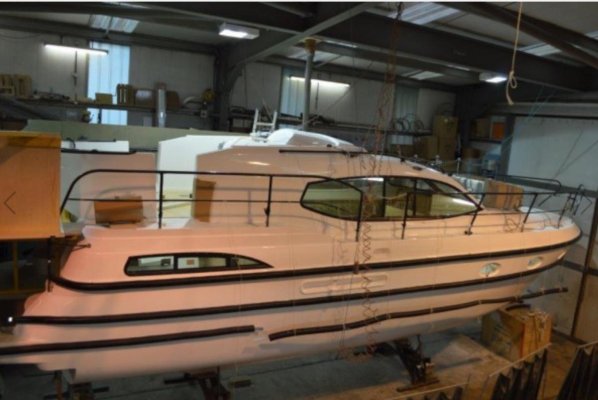
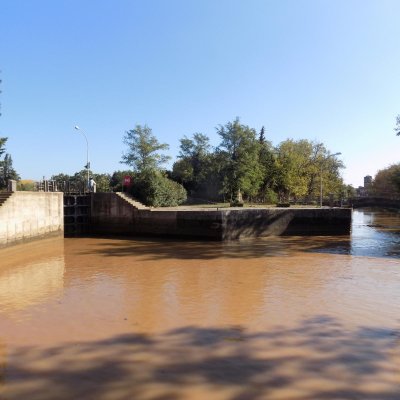
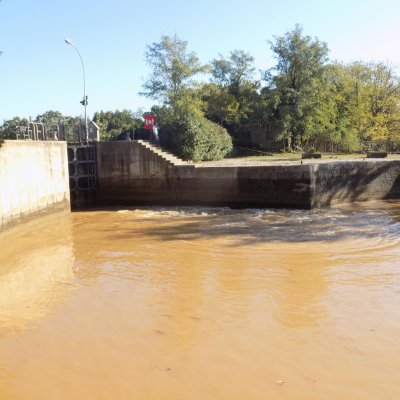
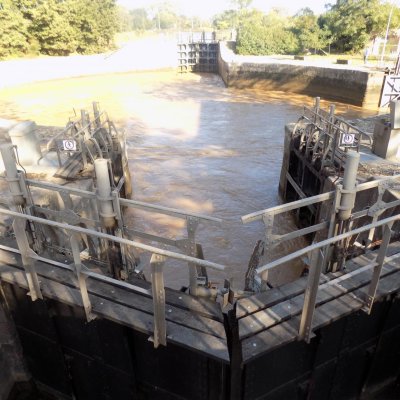
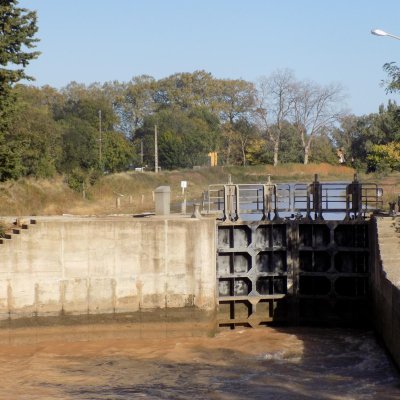
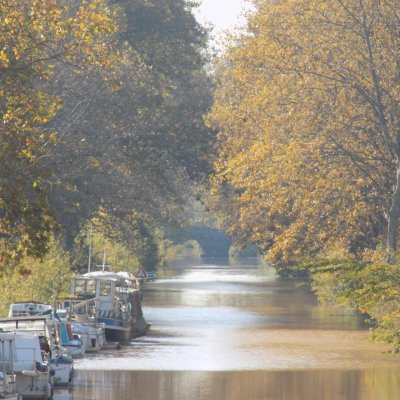
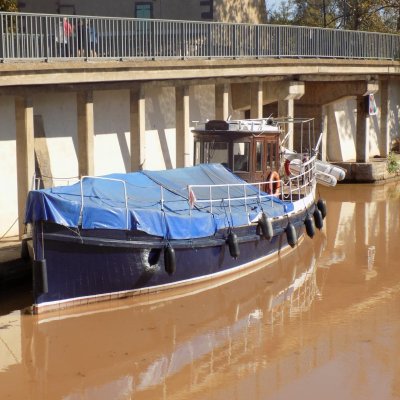
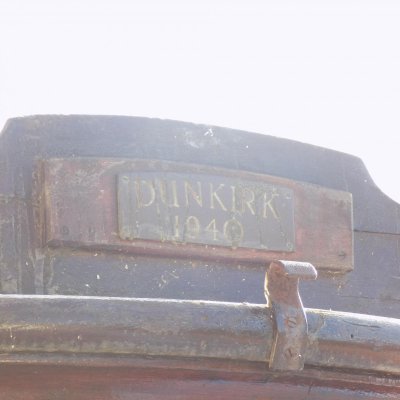
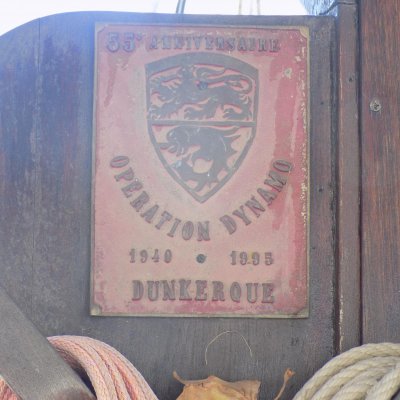
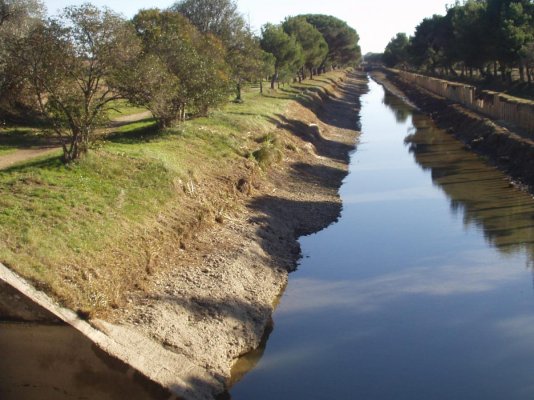
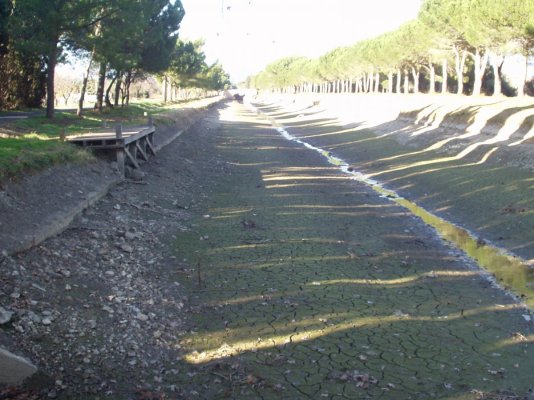
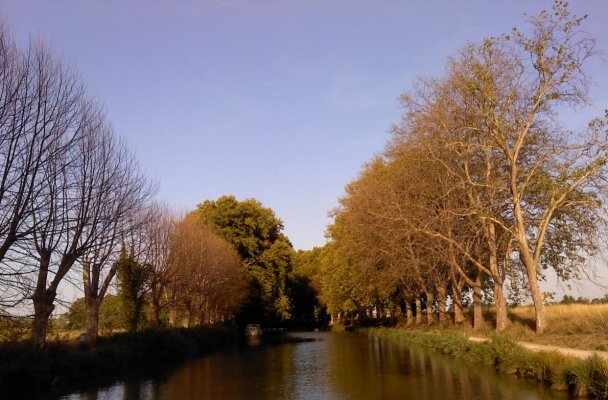
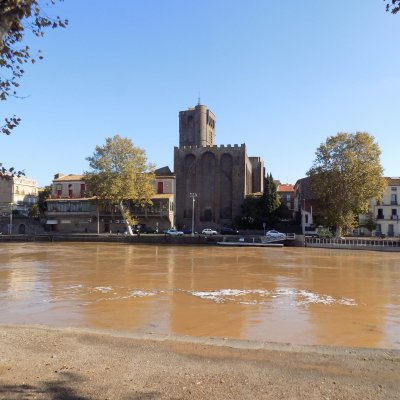
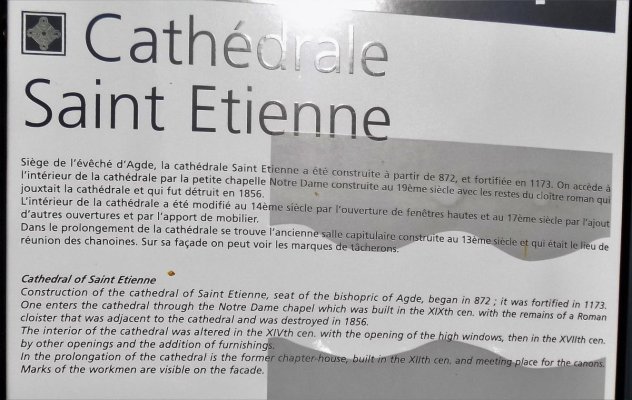
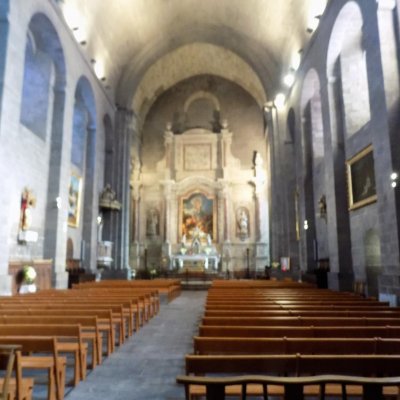
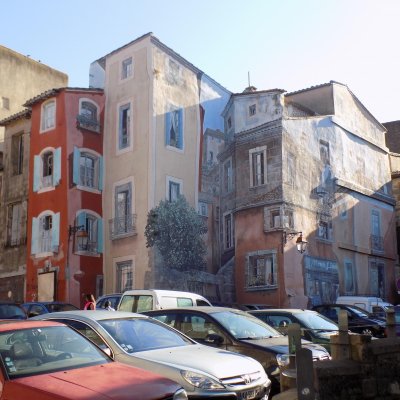
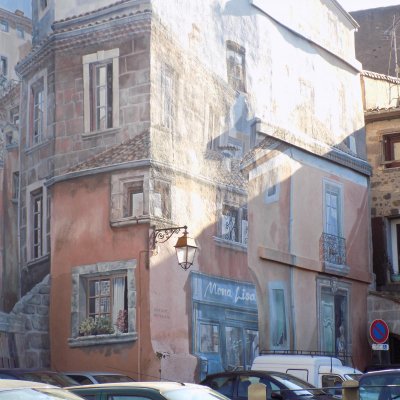
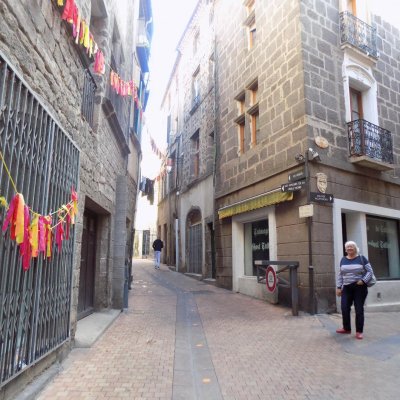
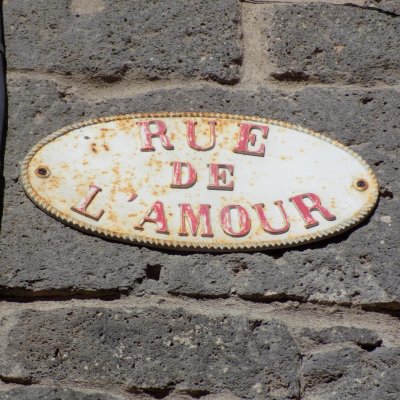
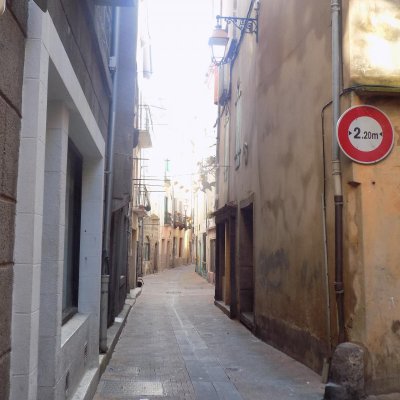
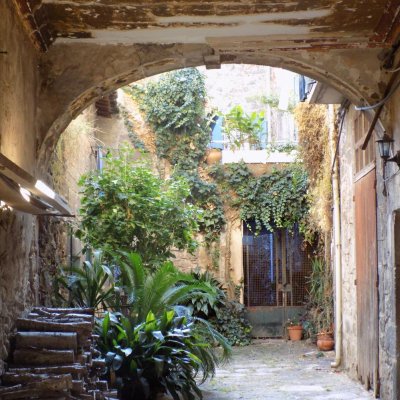
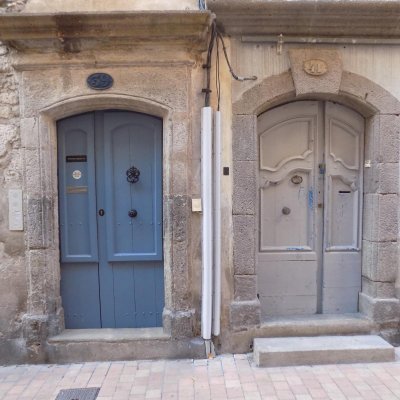
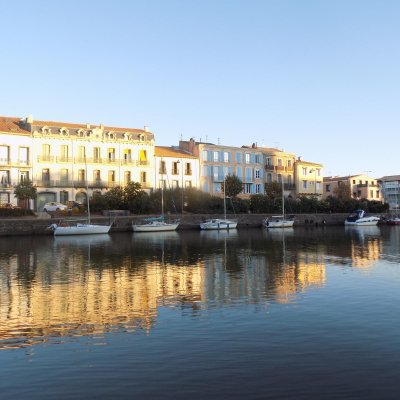
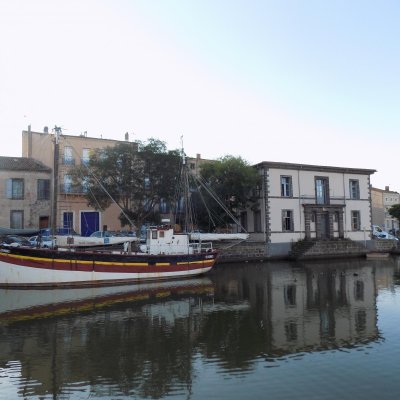
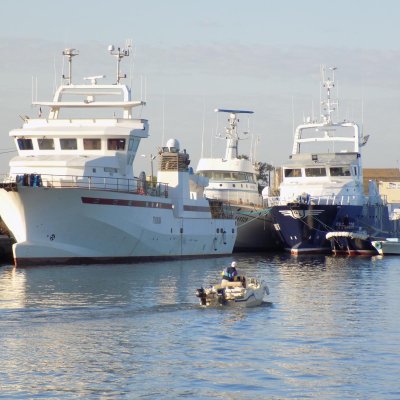
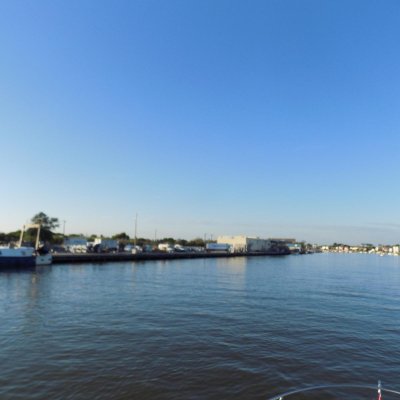
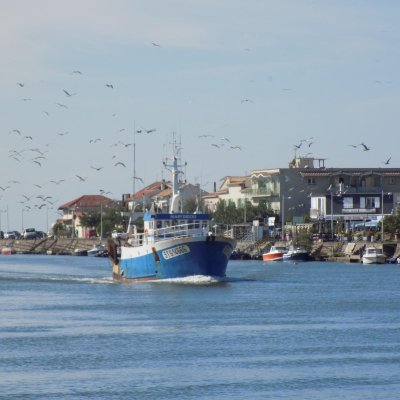
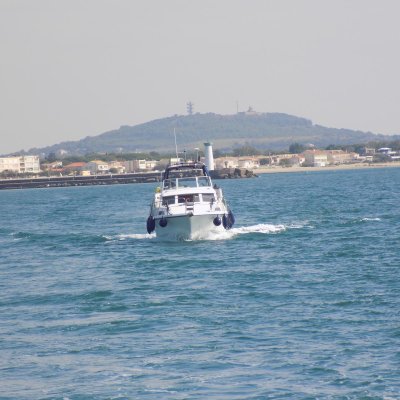
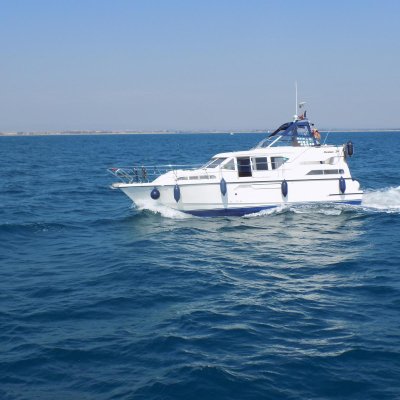
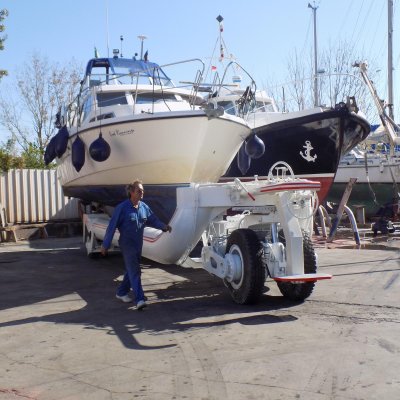
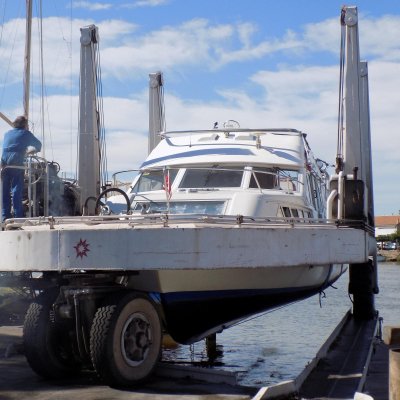
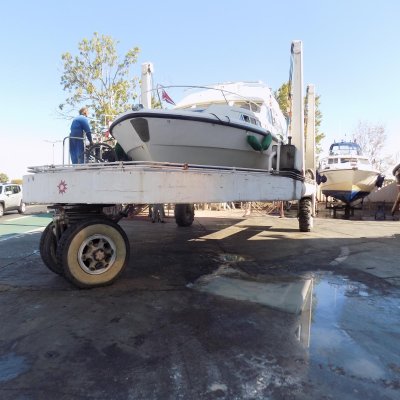
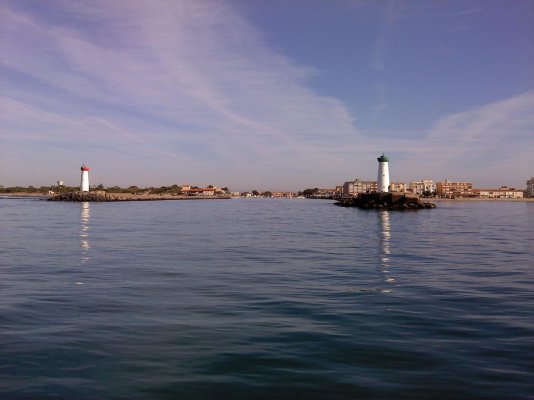
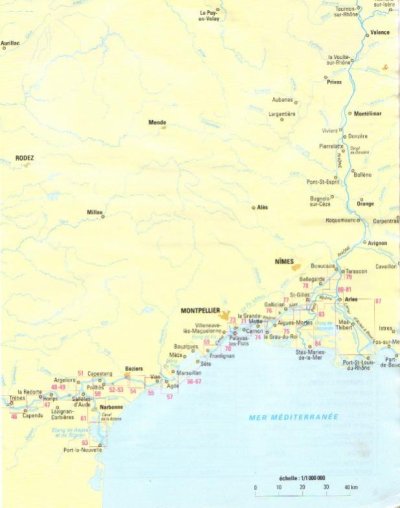
![Francelg[1].gif](/data/attachments/52/52953-15c309d1a1299b782e32139d1d662584.jpg)
